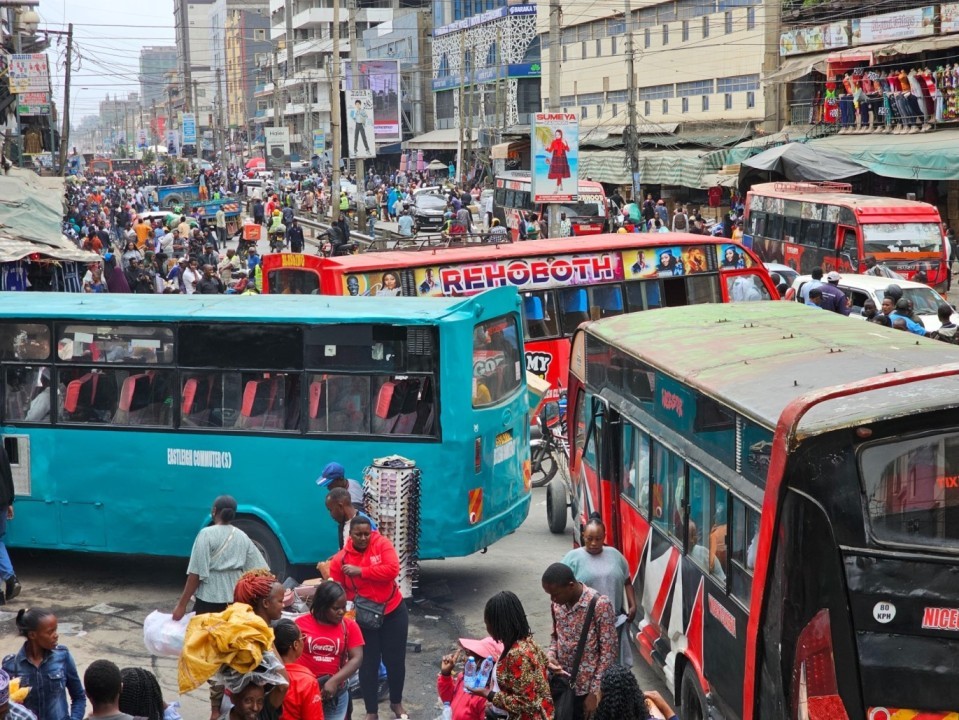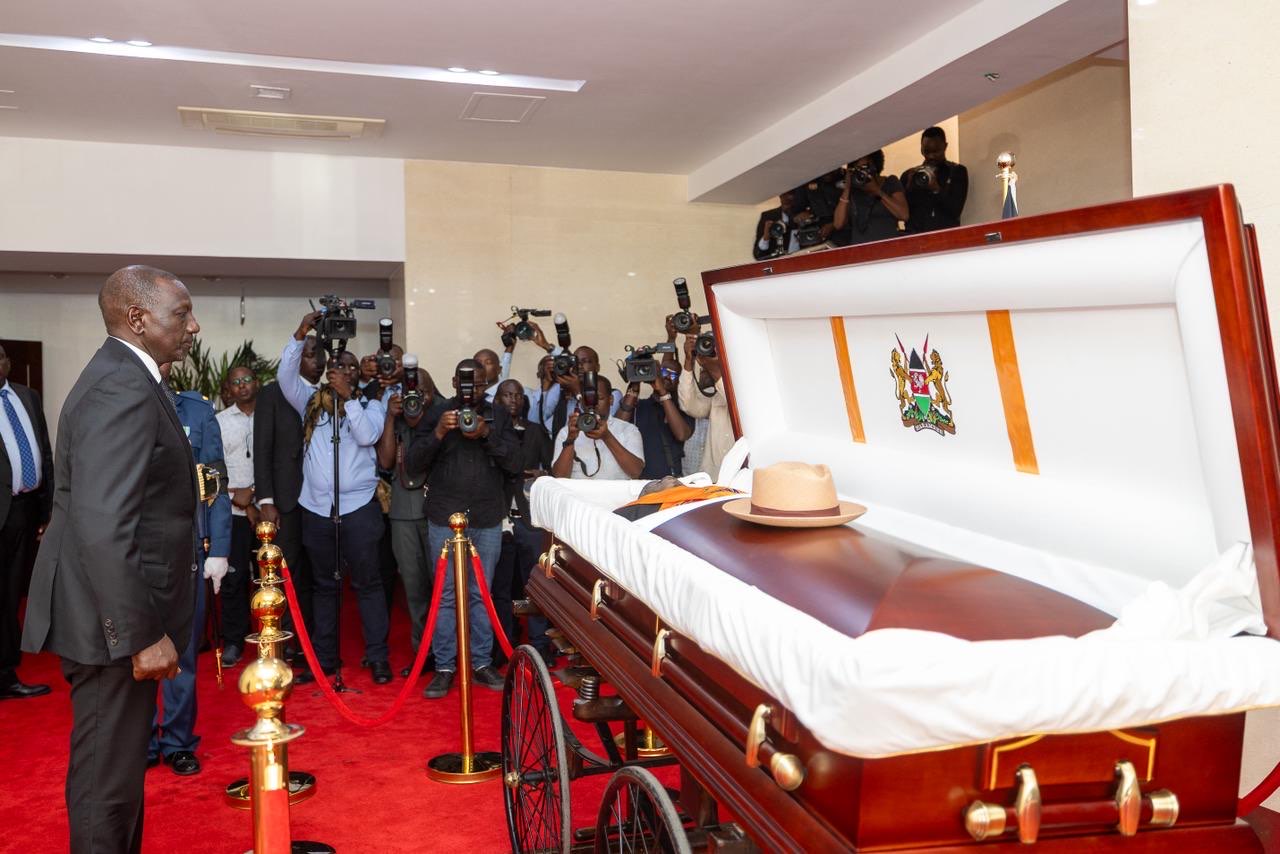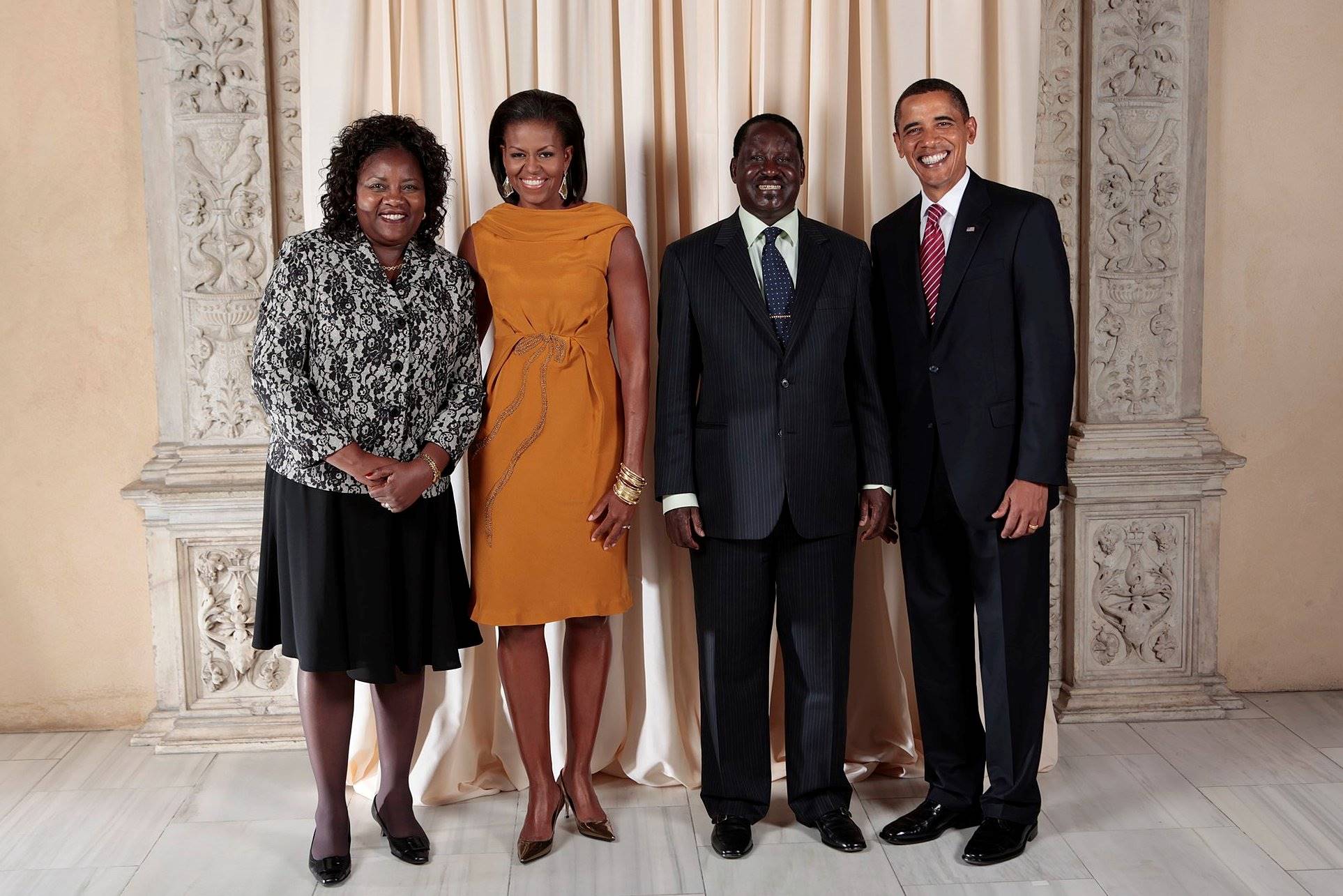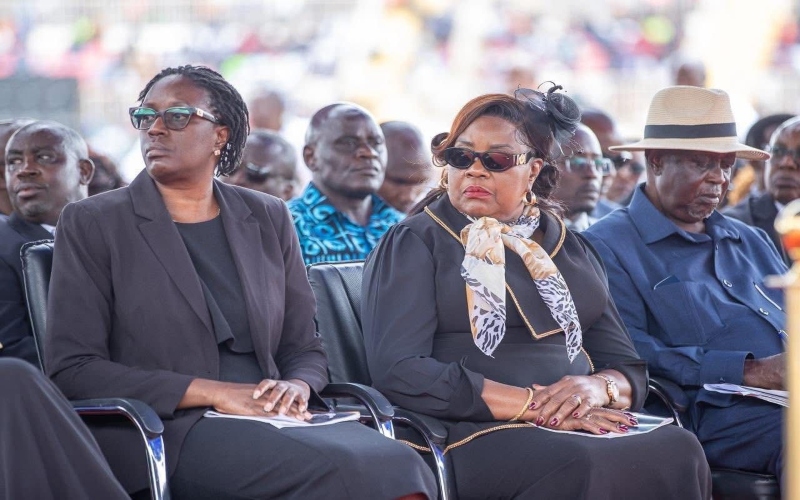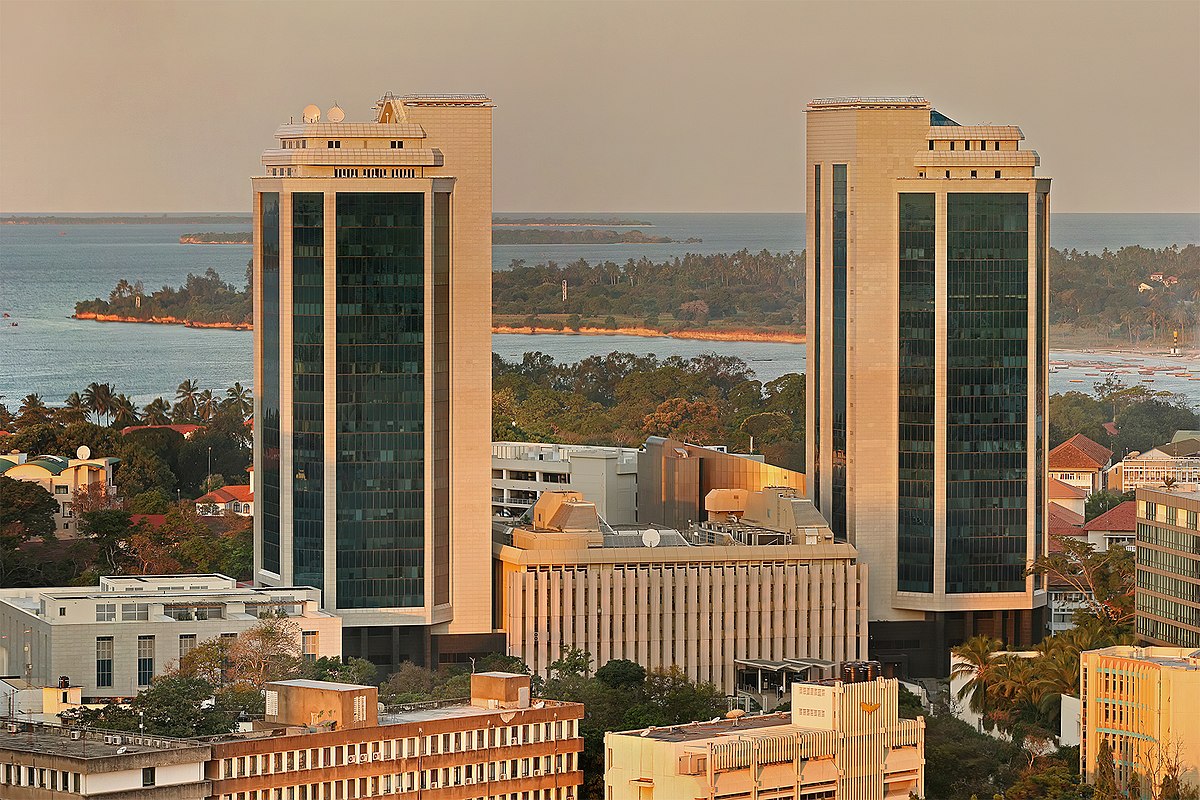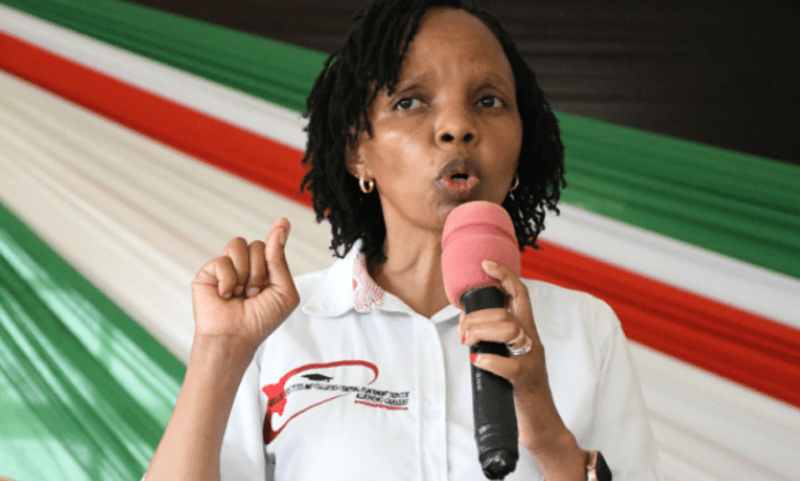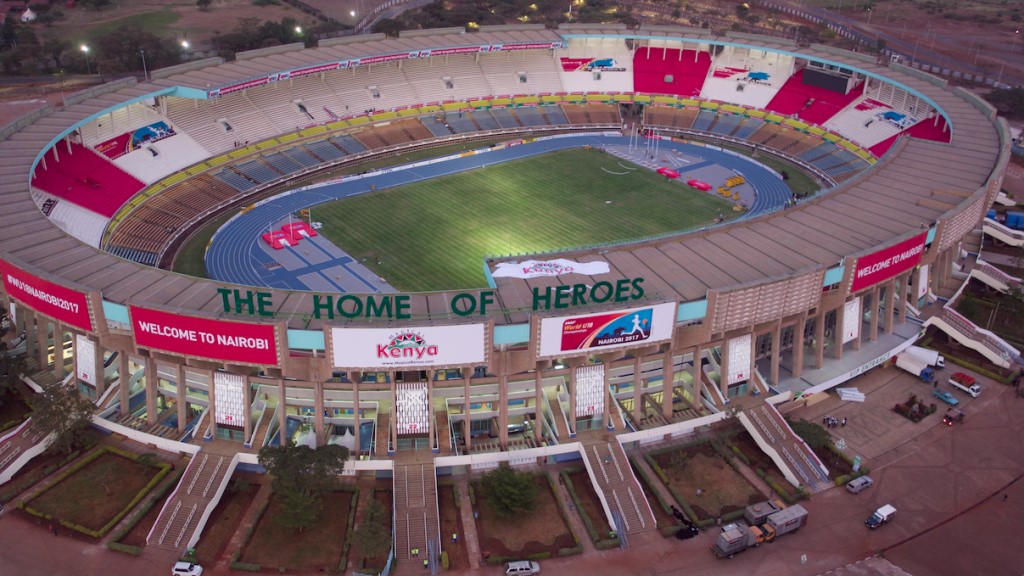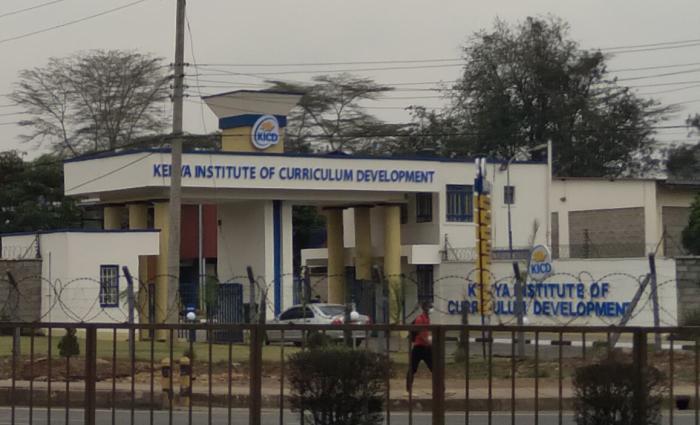Senate committee rejects CRA revenue plan, backs baseline guarantee to protect county funding
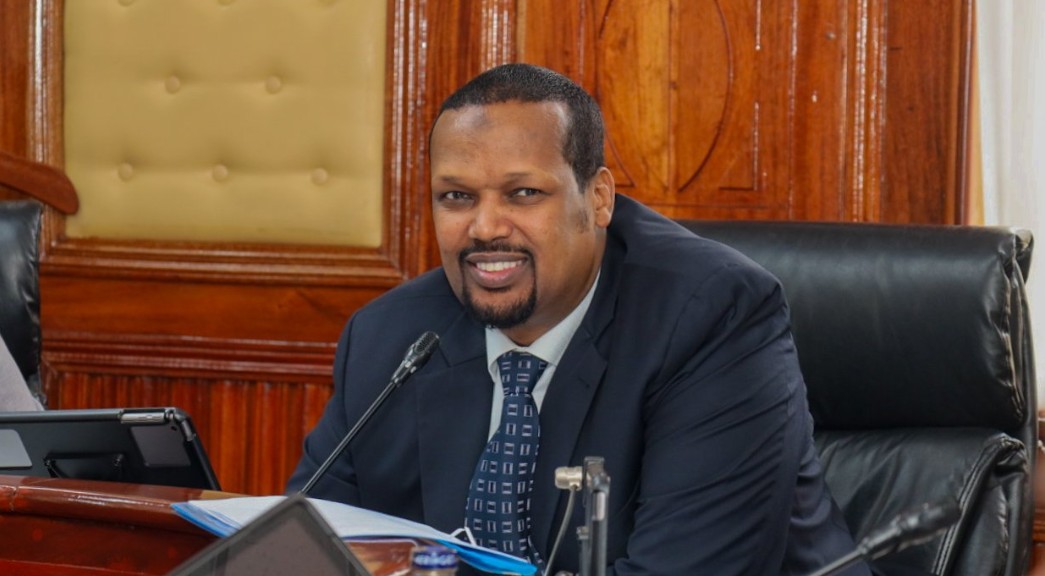
The committee’s changes follow concerns that 31 counties were set to lose revenue under the CRA’s plan. Instead of introducing a temporary solution, the Senate team dismissed the CRA’s proposal for a Sh417 billion stabilisation mechanism and opted for a long-term fix based on a baseline formula.
A Senate committee has pushed back against the Commission on Revenue Allocation’s (CRA) revenue-sharing formula, recommending a complete restructuring to ensure no county receives less money than in the current year.
In a new proposal laid before the Senate, the Finance and Budget Committee, chaired by Senator Ali Roba of Mandera, sets Sh387.42 billion, the 2024-25 allocation, as a permanent baseline. This would become the minimum amount that counties are guaranteed, shielding them from cuts in future financial years.
More To Read
- Nairobi leads August revenue allocation as counties receive Sh33.2 billion
- CoB: Billions in potential revenue lost amid weak enforcement in counties
- Bill expanding Senate's powers sparks debate over oversight, budget control
- Kenya's oversight bodies crippled by underfunding, government disregard, report reveals
- Ruto assents to Revenue Bill allocating Sh415 billion to counties for FY 2025/26
- Counties face centralised revenue control under new Treasury regulations
“The committee recommends that the fourth basis for allocation of revenue under article 217 (1) of the Constitution for FY 2025-26 to 2029-30 be approved as follows," the report states.
The committee’s changes follow concerns that 31 counties were set to lose revenue under the CRA’s plan. Instead of introducing a temporary solution, the Senate team dismissed the CRA’s proposal for a Sh417 billion stabilisation mechanism and opted for a long-term fix based on a baseline formula.
Beyond the Sh387.42 billion, extra funds will be shared using a modified formula that rebalances the weights attached to key parameters. The basic share has been raised to 35 per cent, a sharp increase from the 22 per cent suggested by CRA.
Central factor
The population remains untouched at 45 per cent, the highest weight and continues to be a central factor in the formula. The poverty index has been slightly reduced to 12 per cent, a reflection of governors’ arguments that it unfairly rewards underperformance.
“We should not be seen to be rewarding poverty, that the poorer you are, the more money you get,” Mombasa Governor Abdulswamad Nassir told the committee.
The weight for geographical size was adjusted to eight per cent, with a cap of 10 per cent, while the income distance index was completely dropped.
According to the committee, the data used for that index does not come directly from counties and is instead drawn using a national-level approach.
“The data used to generate the income distance index is not directly derived from each county. The KNBS applies a top-down approach to determine each county’s contribution to GDP,” the report states.
The Senate team also removed CRA’s “stabilising factor,” arguing that a scientifically generated deviation method would be a better way to handle changes between one formula and the next.
If approved, this new formula will apply for five years starting in 2025-26, as provided in Article 217 of the Constitution.
The Constitution had earlier required reviews every three years for the first two rounds, but future ones must happen every five years.
The Senate’s current proposal to allocate Sh465 billion to counties, compared to the National Assembly’s Sh405 billion, could shape how much money is available above the baseline.
This revised plan not only avoids funding cuts but also gives counties a more predictable and stable financial future.
Top Stories Today
